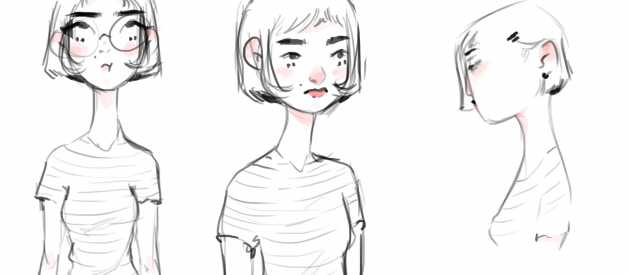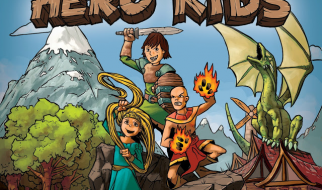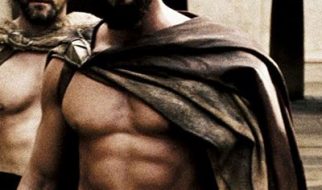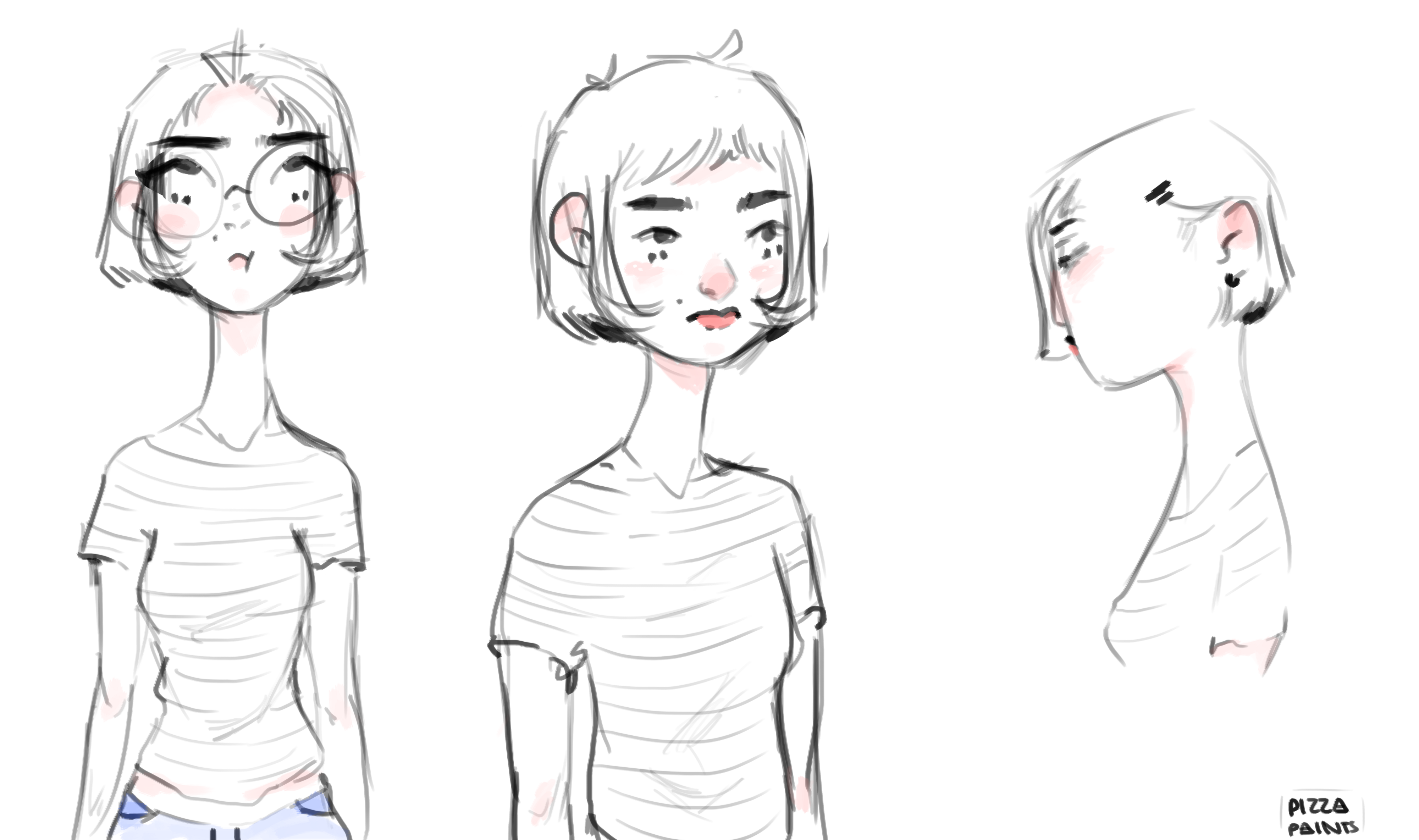
A character is a device for storytelling. Character designers are striving to make unforgettable, and interesting characters. A well-crafted character gives the audience a positive impression, whether it?s a television character, a videogame, or a film. The designer focuses on being prepared with specific techniques in mind, from shape to the character, then personality, and attitude. Anything that an artist can create can be broken up into a shape or form. The personality of the character is a critical part of creating an entertaining and authentic design. Shape language is a common technique used to develop characters. Shape language is when purposely the shapes in an art piece (character design, environment, object, etc.) inform you a little about the story, setting, mood or tone. If one understands shape language, they?re able to break down complex subjects such as the human body or animals into simplified elements of shape.
Shape language appearance can even be dated back to the early 1900s in mile Cohl?s French animated films. Cohl made his animated debut in 1908 with Fantasmagorie, (1908), a picture where all sorts of morphing shapes interact with simple stick-figures (?mile Cohl?, 2019). Even though it wasn?t known as shape language art yet, his characters had more personality by altering it into simple geometric shapes.
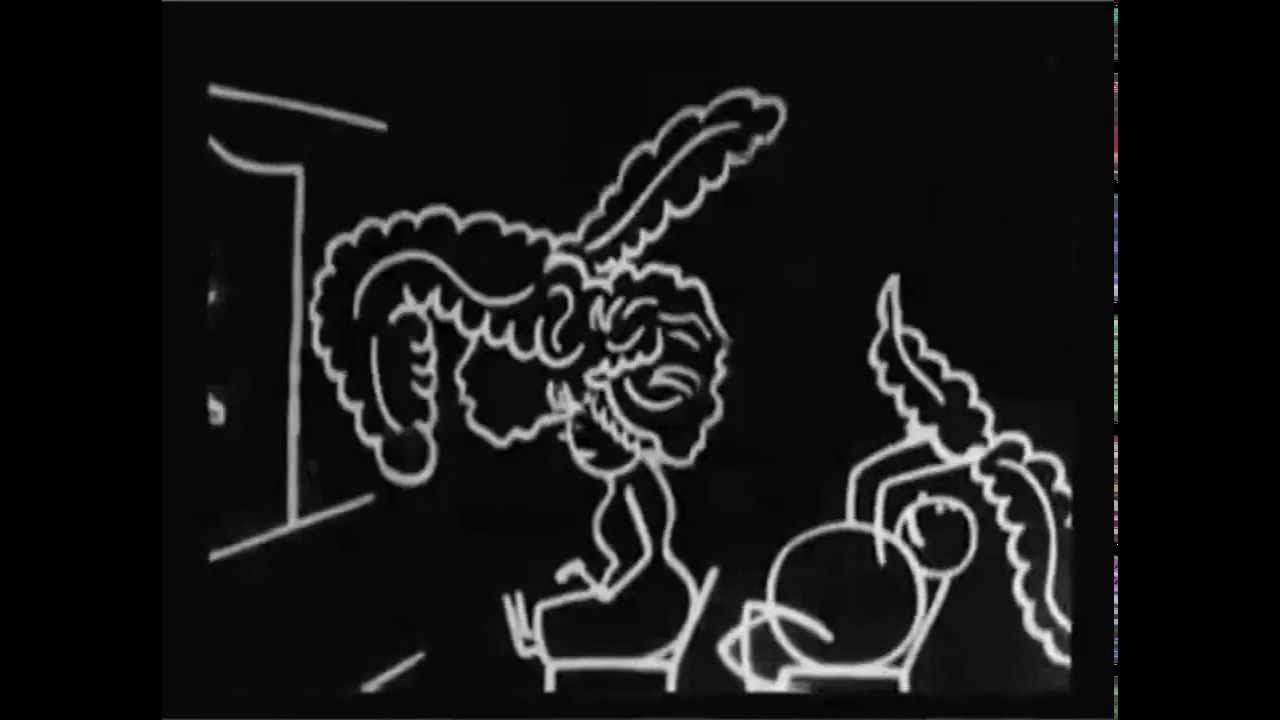 Fantasmagorie, (1908)
Fantasmagorie, (1908)
The picture was a success, paving the way for more animated shorts: The Puppet?s Nightmare, (1908) and A Puppet Drama, (1908) (?mile Cohl?, 2019). His shape language technique is elevated in these animated shorts as the shapes start to morph into different sizes but retain the personality of the characters.
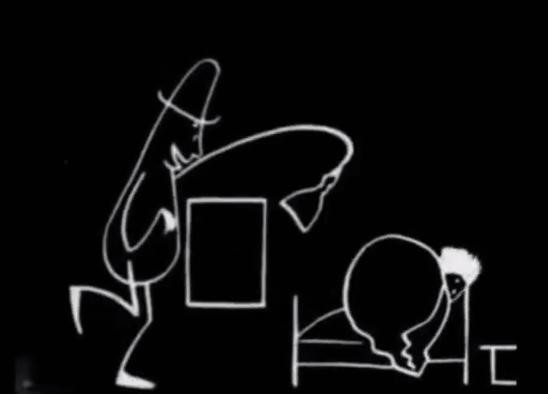
 The Puppet?s Nightmare, (1908), A Puppet Drama, (1908)
The Puppet?s Nightmare, (1908), A Puppet Drama, (1908)
Shape language is much more than a few geometric shapes as they all represent meaning and personality. It?s often categorized into 3 types of shapes:
Natural/Organic shapes are classified as shapes that appear irregular or asymmetric and seem to have a curvy flow to them. By composition, almost all the shapes found in nature are organic. Examples are trees, leaves, flowers, etc.
Geometric shapes are more precise they?re the basic shapes such as squares, rectangles, circles, triangles and crosses, and so on. They also look symmetrical and have sharp edges and angles in their structure. Examples are circles, squares, rectangles, and triangles.
Abstract shapes Have a form that is recognizable, but not real. These are variations of organic shapes stylized or simplified. The abstract shape of a person would be a stick figure. It?s often a mix of geometric and organic shapes.
Additionally, it doesn?t end there as specific shapes represent different meanings that help within the character designing process.
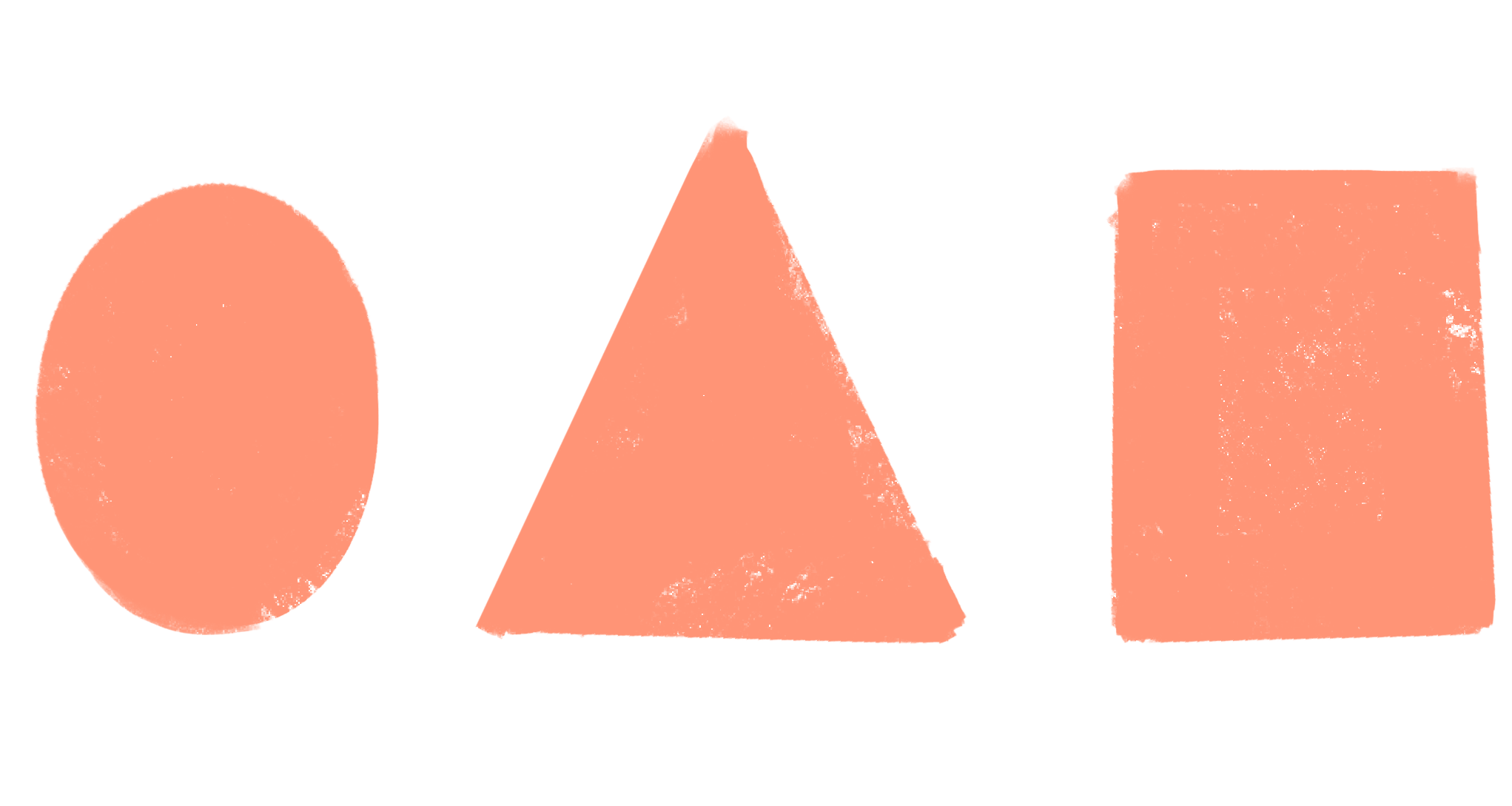
Squares represent stability and it is a dependable, familiar shape symbolizing honesty and solidity. They are not flashy or attention seekers as far as the shapes go. However, some would say they are dull, but creative designers would transform them to add depth to a character.
Triangles are associated with energy and power to indicate direction. Triangles may give a sense of action, tension, or even aggression. They can symbolize strength on the one hand, while conflict on the other.
Circles have a sense of freedom in terms of movement. They may also represent power and energy in their movement. Ovals and circles are graceful and complete because of their curved lines. They give a sense of perfection and integrity. Circles are great types of The Innocent, The Caregiver, The Everyman.
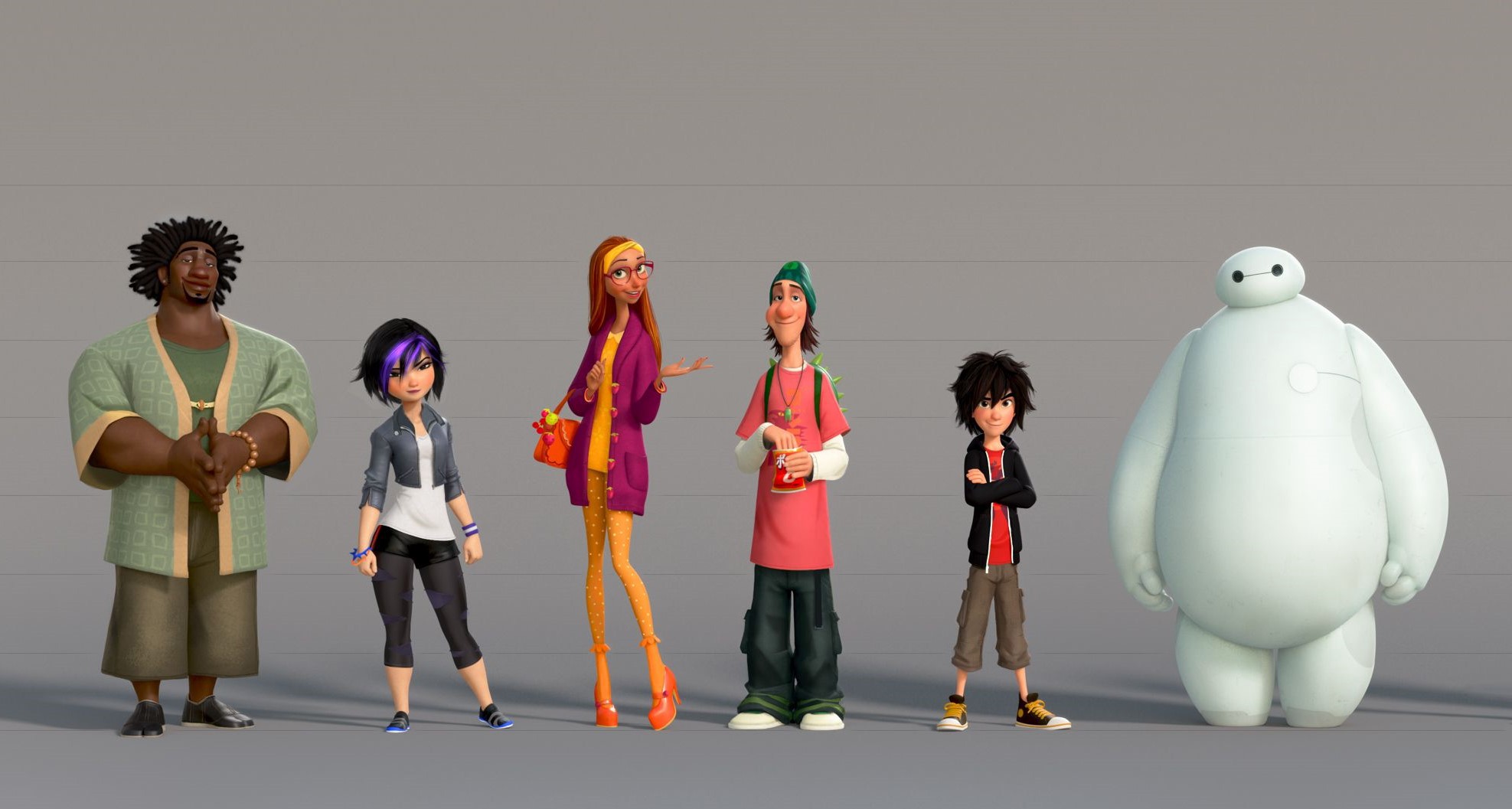
The shape language technique is still being used widely today and it can be especially recognized in major motion pictures such as Walt Disney movies. Moreover, a specific study on Big Hero 6 in which each character has a different shape and represents their personality.
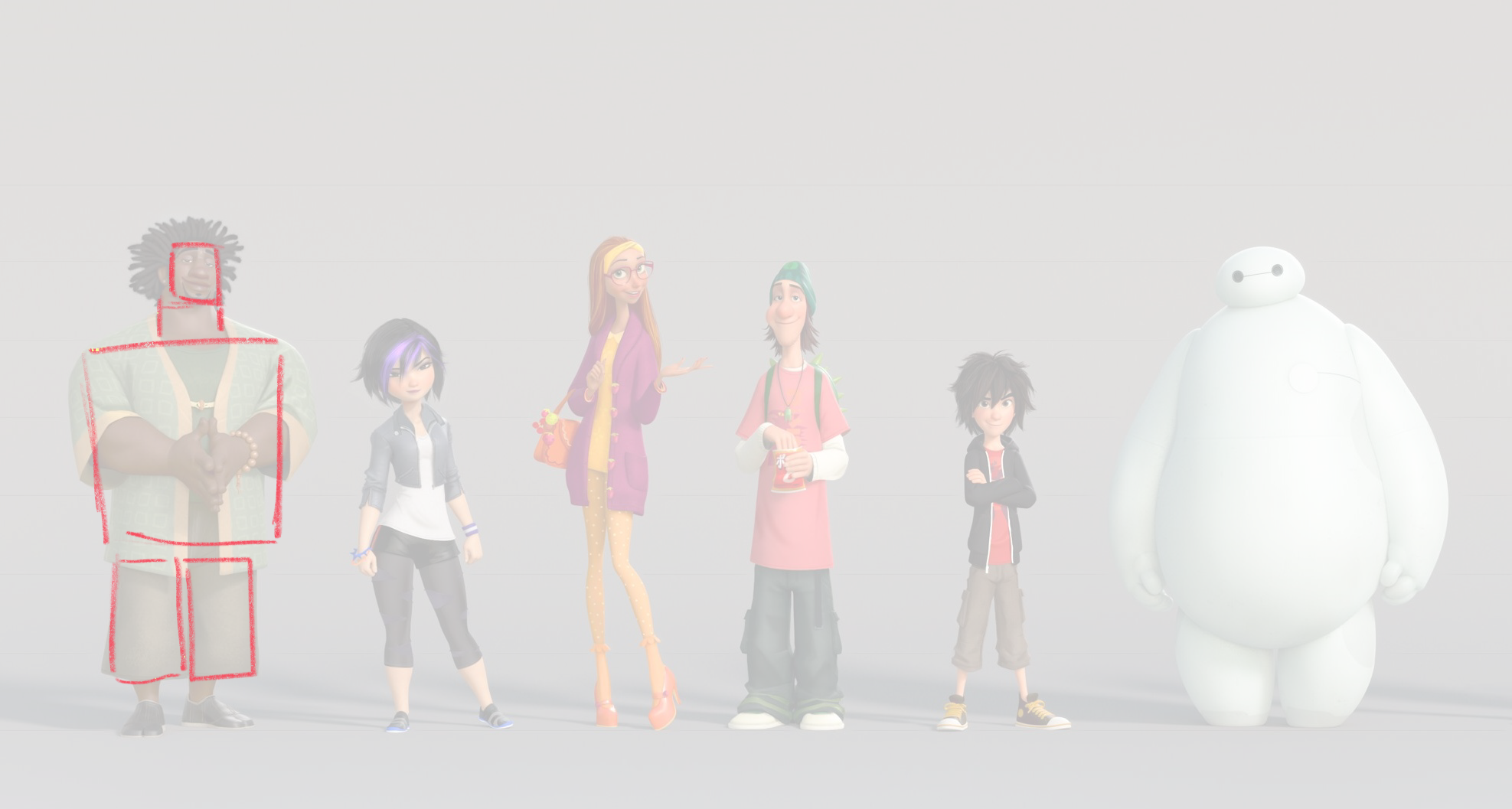
Starting from the left, Wasabi is a clear square shape and his character is dependable and honest however, he?s also neurotic and compulsive. The last two qualities go against what a square should be, but that?s when a character designer chooses to make them more interesting or interactive.
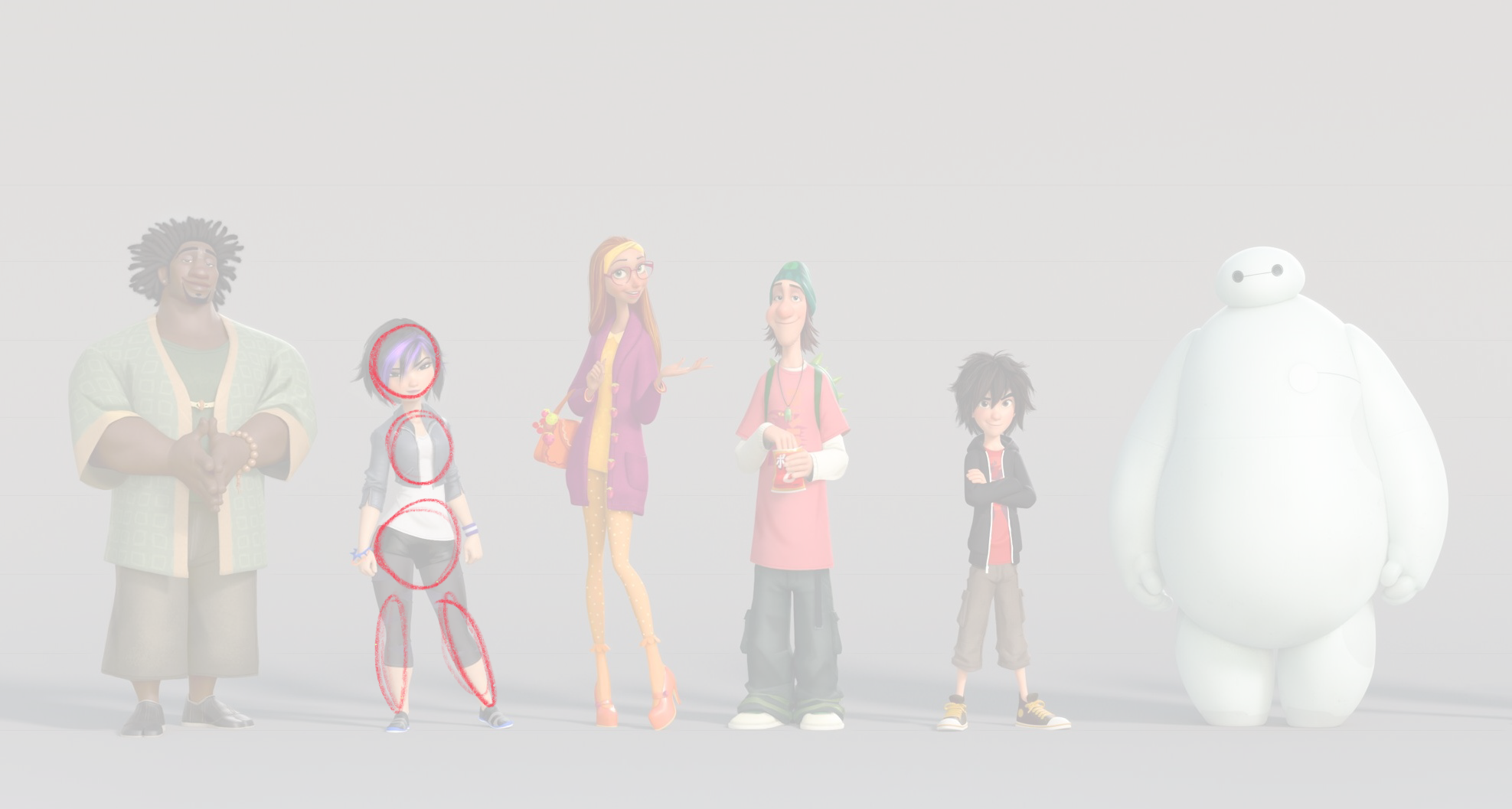
The next character is GoGo Tomago, she is more circular shaped. Her character is fast, tough, athletic, and an adrenaline junkie which fits the circle description. The next four characters are more circular, rounded rectangle, and oval.

Additionally, the most prominent out of them is the last character Baymax. He has a very large circular shape which essentially connects to his character as a Caregiver. His roundness allows him to be more approachable along with being a calm character.
I?ve been stuck with the same face syndrome with my characters. However, after informing myself how shapes work, I?ve decided it?s time I change the way I draw characters. To begin with, there?s a recent challenge that?s been going around Instagram called the blob challenge. The blob challenge is simple, you draw a bunch of random shapes and try to create a character out of it. Moreover, I decided to go ahead with this challenge without any knowledge about what each shape represents.
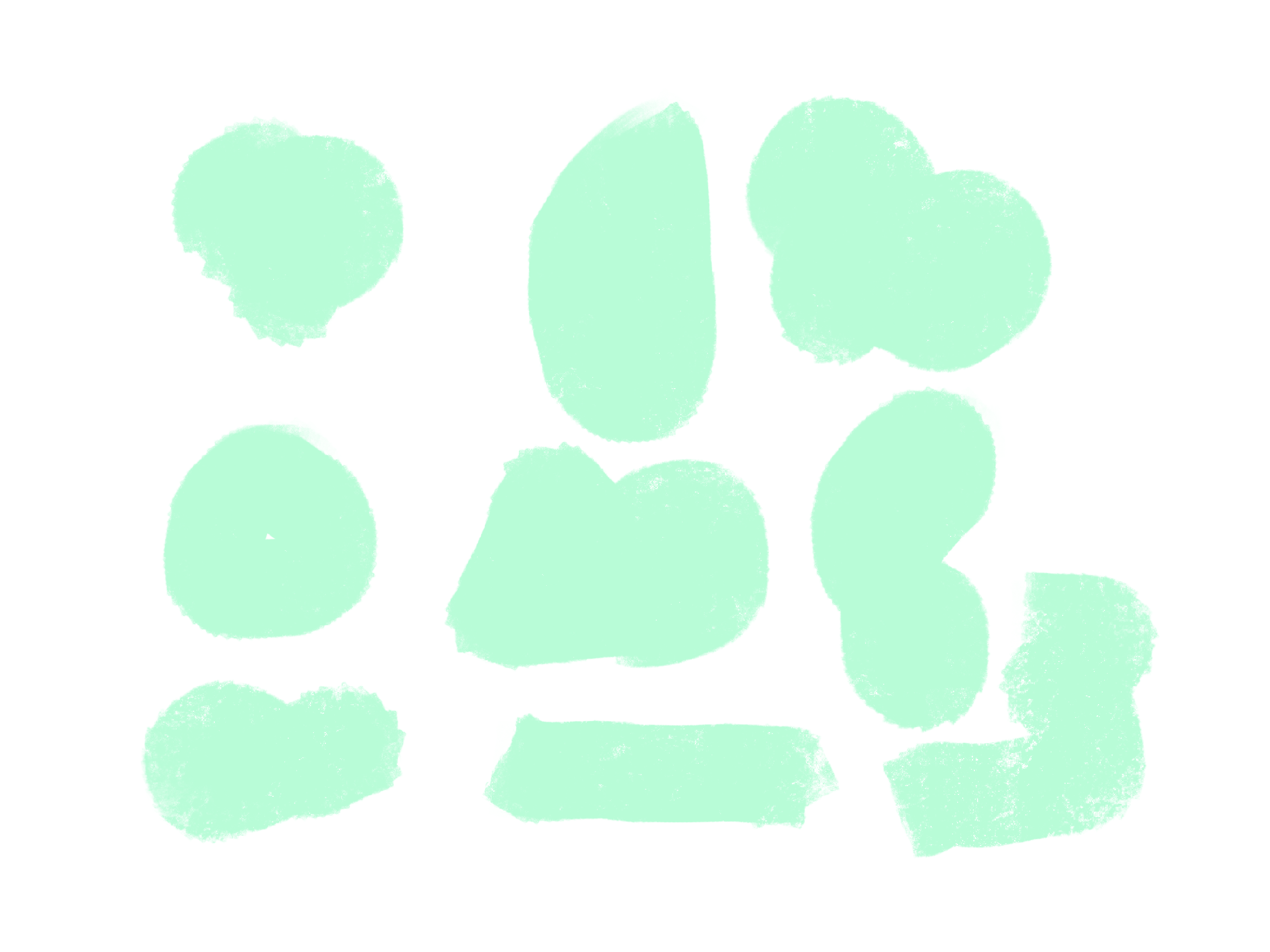
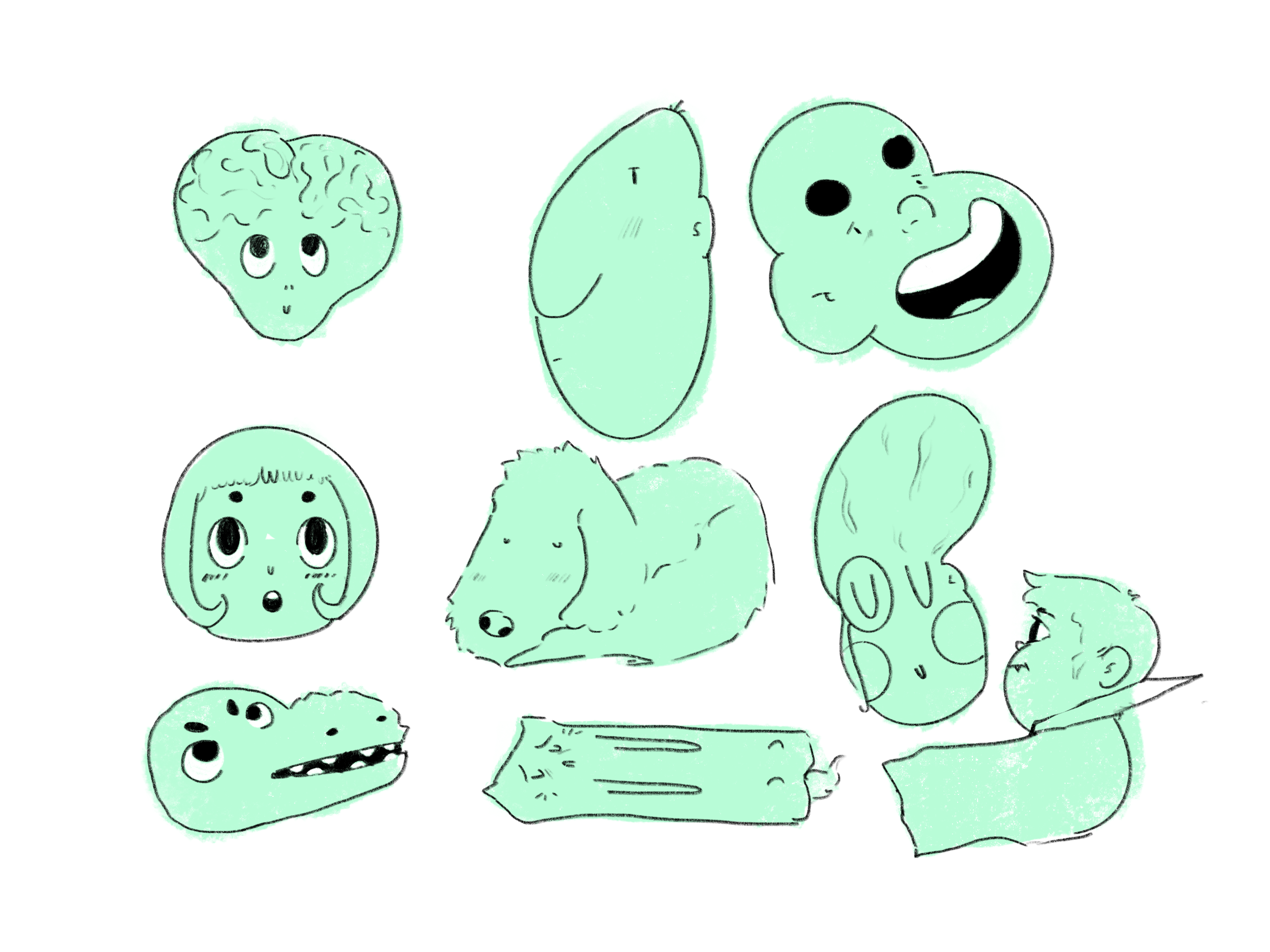
It should be noteworthy that my random shapes turned almost all in a circular or oval shape. Even though each character has a similar shape, the characters drawn are not anything like the one next to it. Although, they all seem to have a bubbly personality. I chose to do the challenge again, but this time around I knew about the shape definitions and included more abstract shapes.
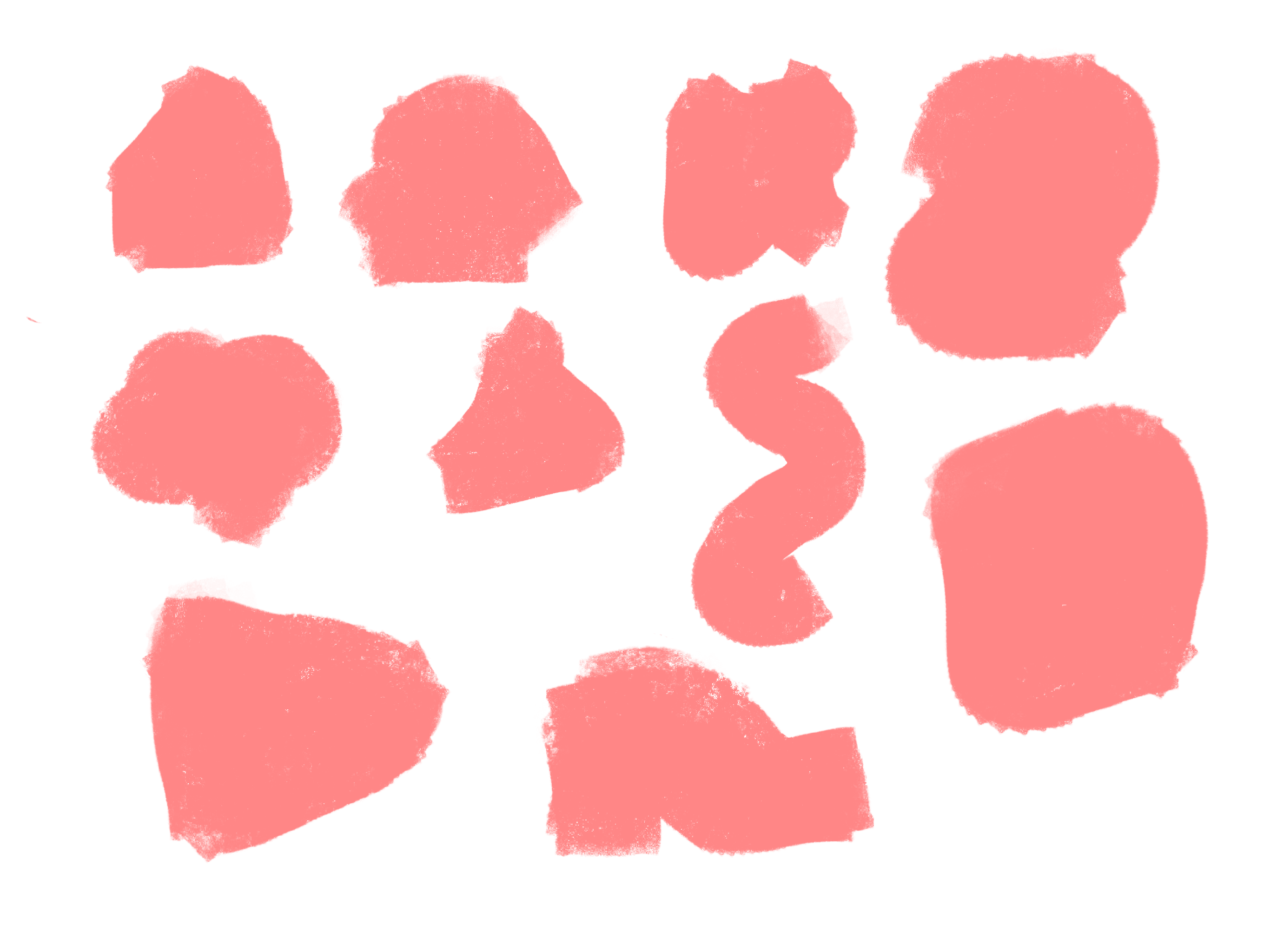
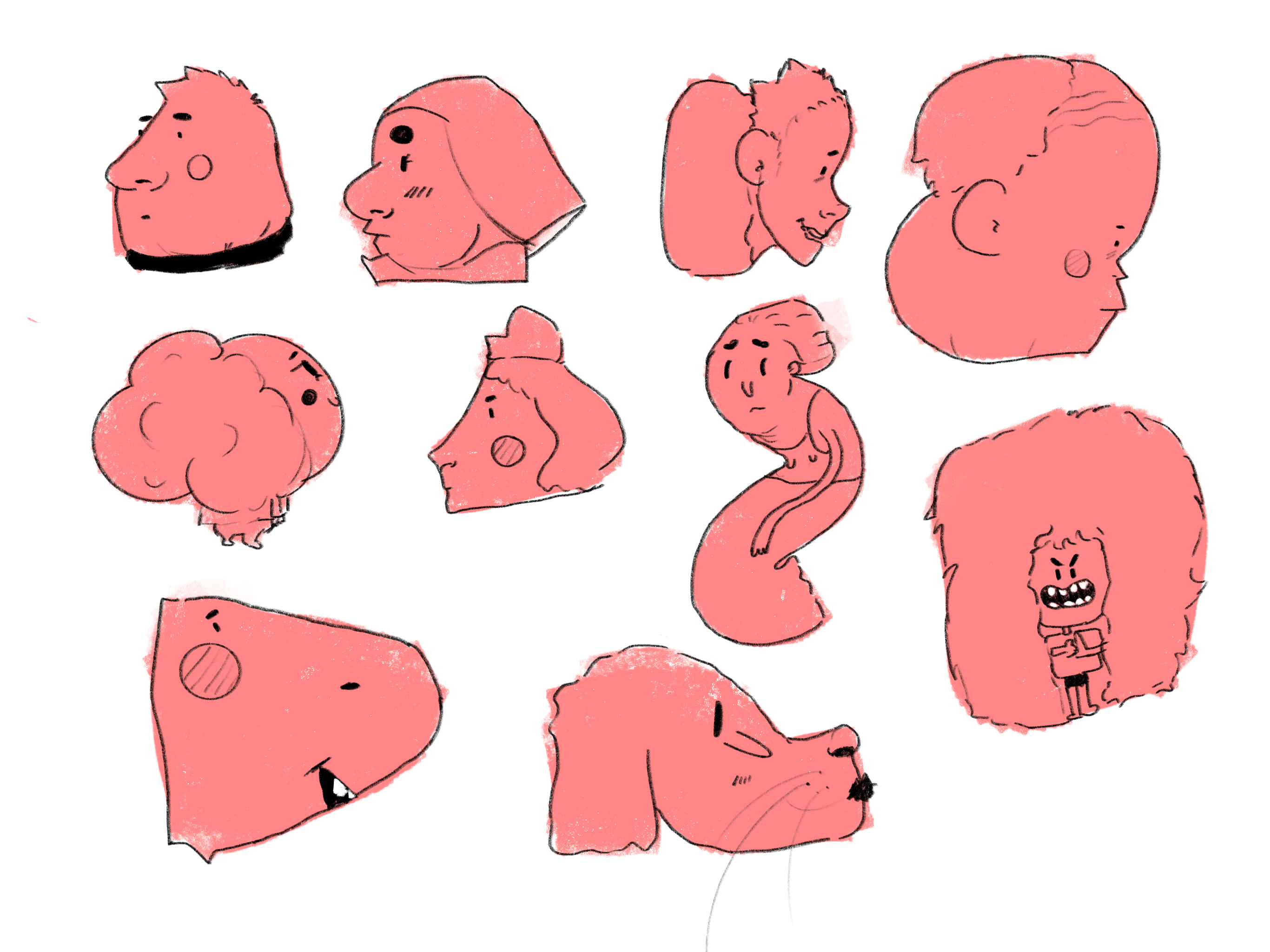
In a way, it has improved already by adding more diverse shapes and perspective. I?ve noticed I?m unconsciously drawing the eyes more differently than I usually do to match the personality of the shape. So far, there?s not one character in sight that looks like what I typically draw. Eventually, I tried doing this exercise one more time.
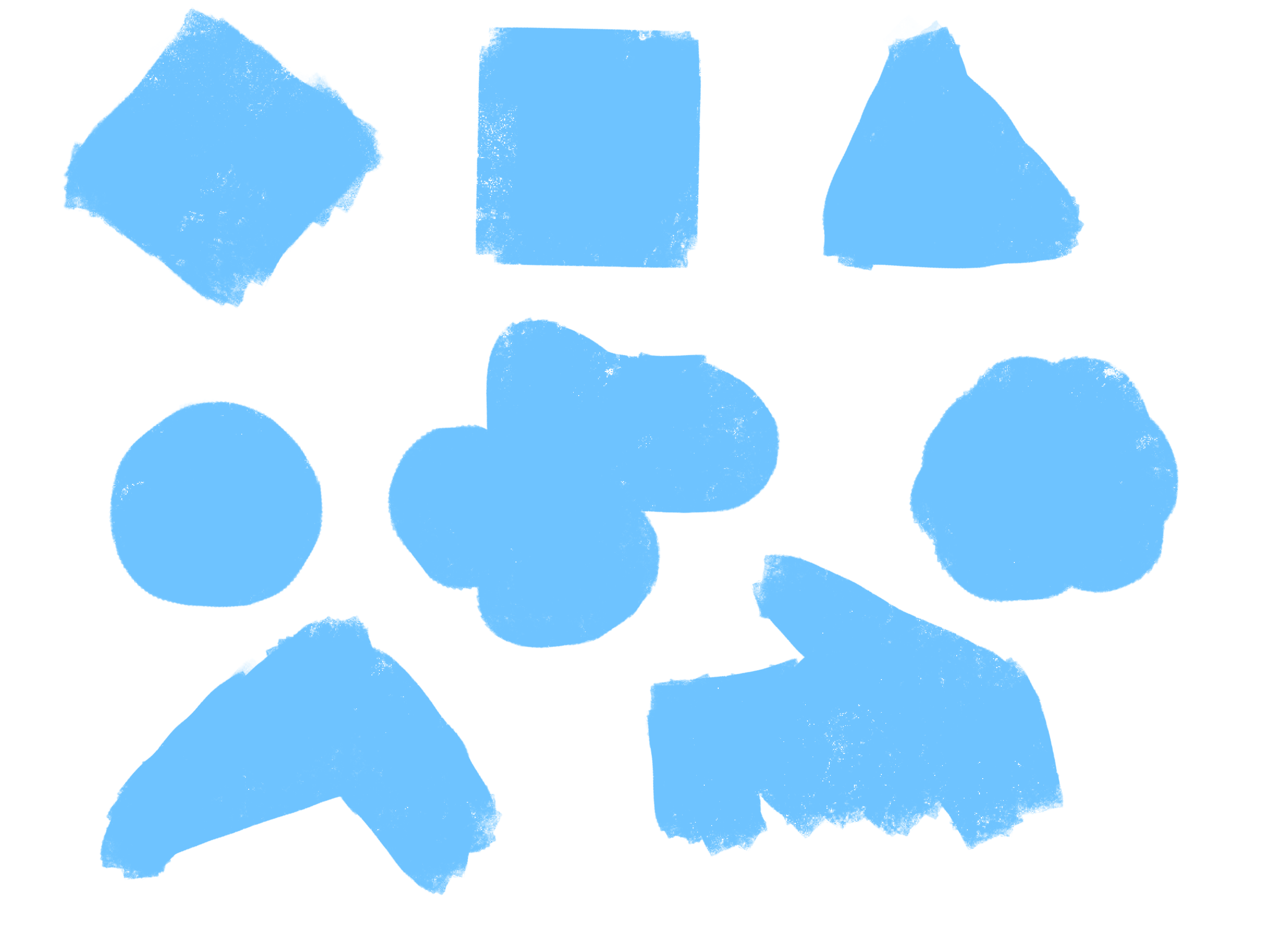
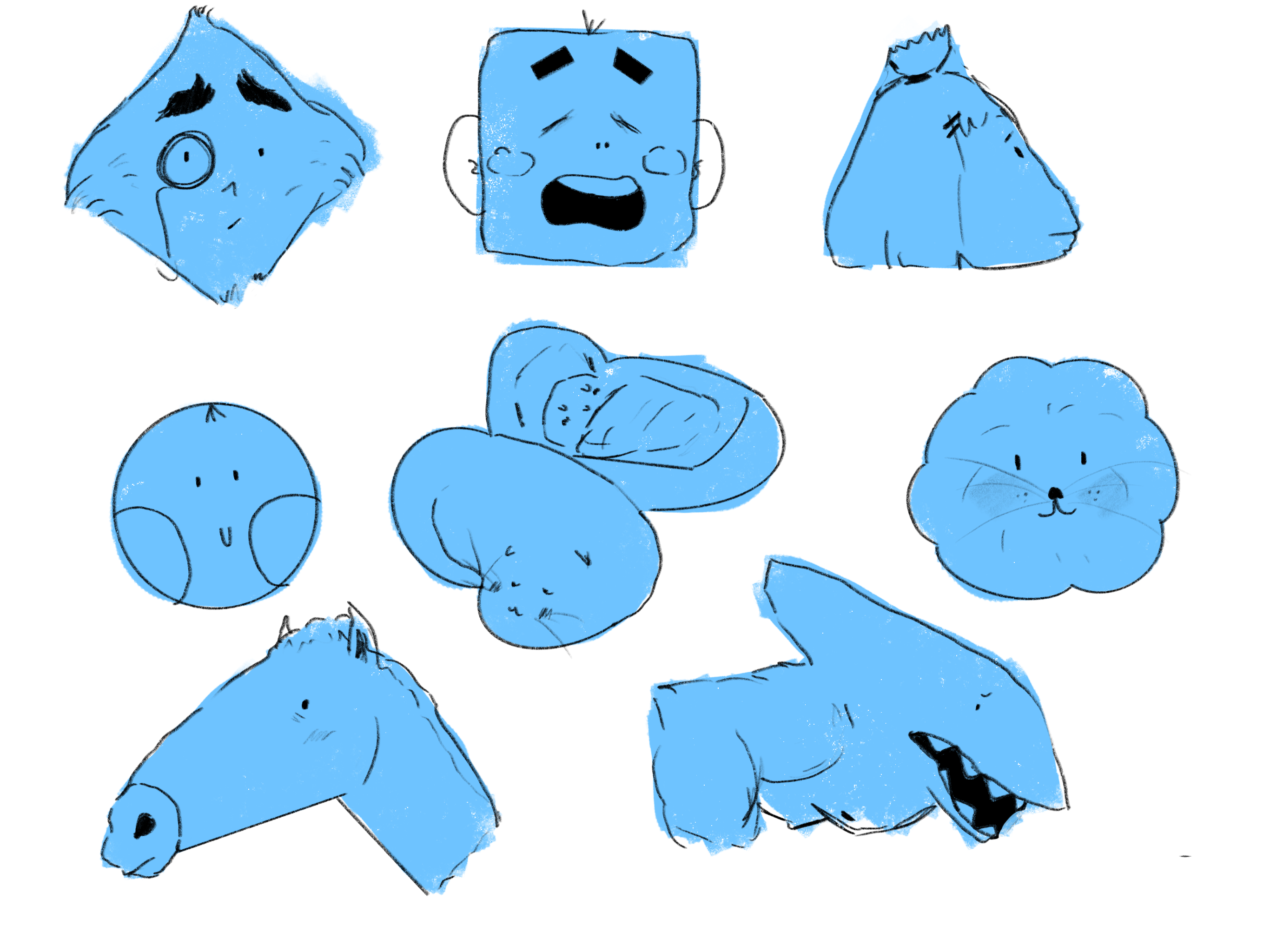
Admittedly, I rarely draw animals and this challenge has made me draw several without struggling. As a result, I have unknowingly stepped out of my comfort zones. Therefore, this challenge/technique is a fun and educational way of learning how to elevate and develop your characters. I would try this challenge again if I find myself doing the same faces over and over again.
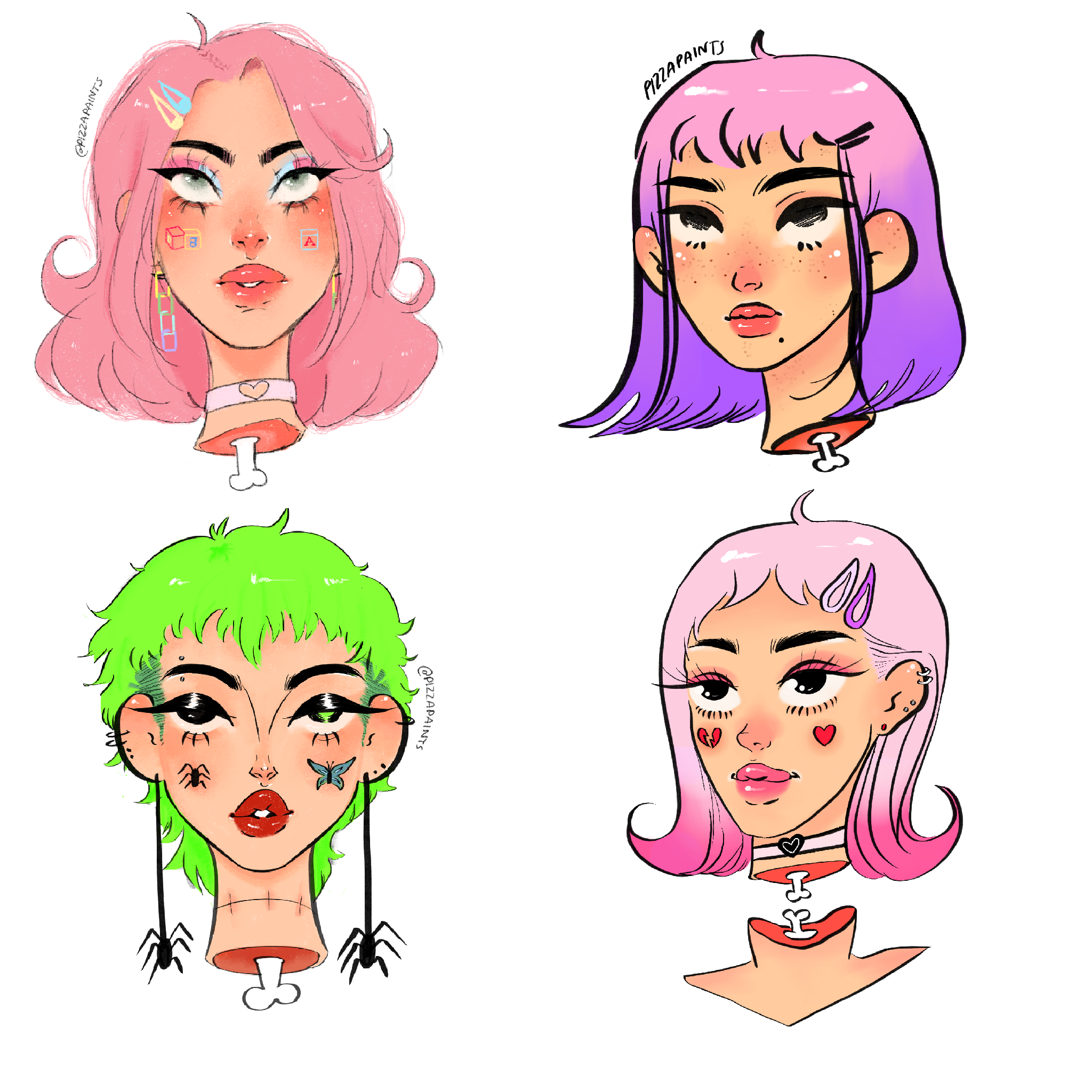
 Comparison between my regular illustrations vs. the challenge
Comparison between my regular illustrations vs. the challenge
Ultimately, shapes are essential for understanding the whole character as it is developed through just a few lines that connect. I agree that the shapes for the characters in my examples reflect their identities in a more subtle way, but they certainly performed well to express the personalities of the more stylized figures. Investigating the different approaches in character design was exciting: there were many significant differences, but also many ways on how to approach and do things. Working with this challenge, I understood the significance of understanding the character which is being created-if only a little-before I start drawing them. Knowing what shapes represent makes it easier to establish a personality into the design purposefully, rather than arbitrarily adding elements I?m familiar with without a clear reason. Adding additional details such as value light and color can also undoubtedly improve the character?s features. Character design is a challenging and rewarding process; how a character is viewed can differ from person to person, but many common ideas and techniques have been used effectively by character designers for a long time. Yet creating characters goes far beyond people as well. Think of a series like Steven Universe where characters look out of this world. For character designing its difficult to break the mold, it takes a special kind of designer with a creative mind.
References
mile Cohl. (2019). Retrieved 5 December 2019, from https://www.lambiek.net/artists/c/cohl_emile.htm
Character Design: Shape Language and Readability. (2019). Retrieved 5 December 2019, from https://medium.com/@EightyLevel/character-design-shape-language-and-readability-6ee4bb6f98a6
Bancroft, T. (2019). What is Character Design? Characted Design Defined. Retrieved 5 December 2019, from https://taughtbyapro.com/news/what-is-character-design/
